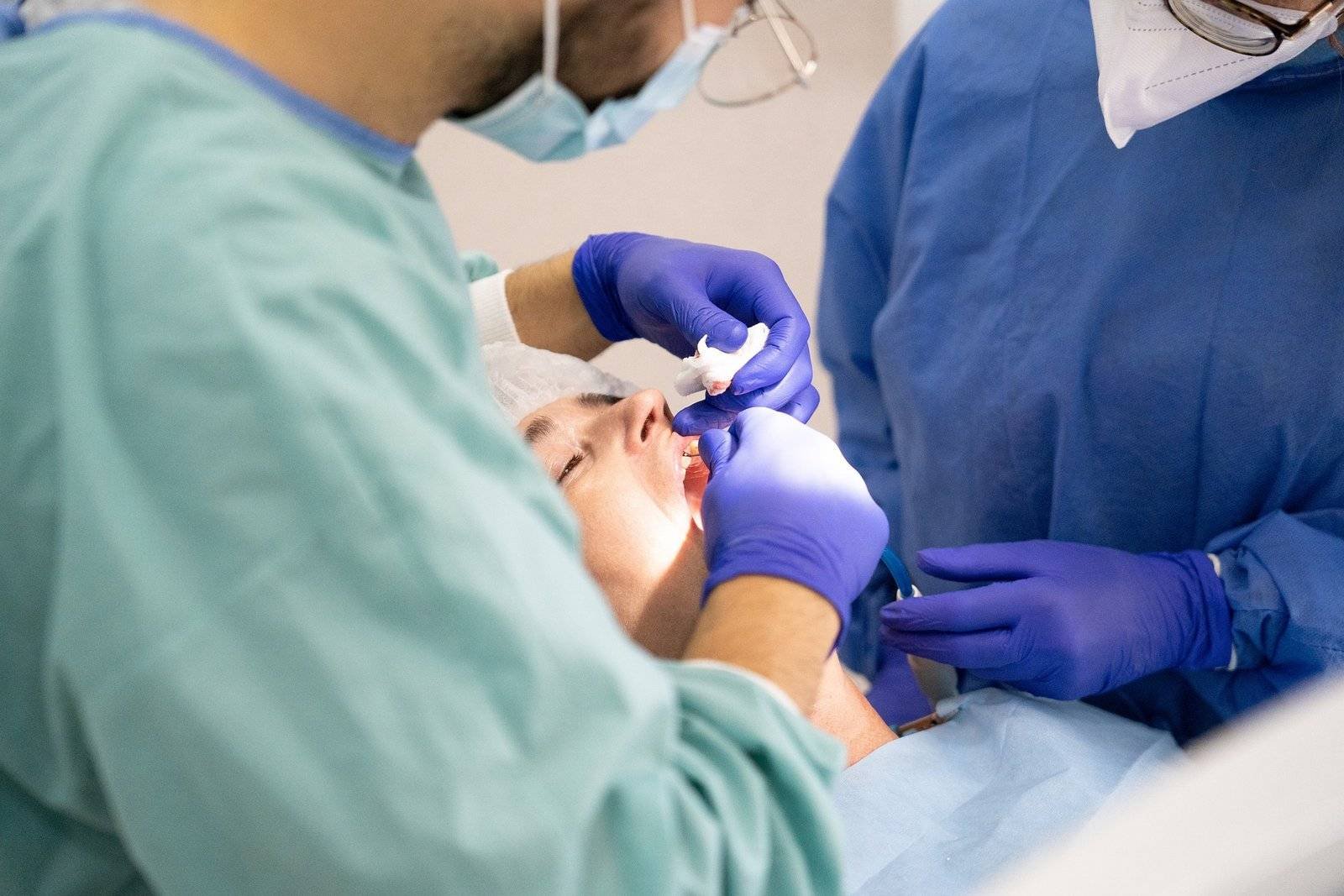
Improvement in patient health depends on the inescapable diagnosis. The same could be stated for the use of artificial intelligence (AI) in dentistry diagnosis in the future. Recent advancements have expedited the evolution of AI technology since it first came into being decades ago.
Dental AI improves standard X-rays
This in no way diminishes the knowledge, skills, and skillful diagnostic integrity you contribute to the X-ray analysis and patient care you deliver. It focuses more on proving your clinical competence. No one questions the accuracy of the diagnosis. However, there are times when the error margin is too small to be safe.
When faced with a challenging diagnostic, the predictive or comparative analysis of a patient’s health, or even a business of dentistry choice, AI and ML (Machine Learning) technology offers an objective perspective. AI takes into account the results of millions of data points to arrive at a that can confirm your final diagnosis rather than refute it. The following viewpoint is added by Karen Panetta, Ph.D., dean of graduate studies and professor of electrical and computer engineering at Tufts University School of Engineering:
In order to ensure that regions of interest are not missed by the human observer, AI has the capacity to learn expert judgments and diagnoses by training on massive collections of photos. The major strength is that it can process and analyse photos considerably more quickly than a human, enabling access to diagnostic services for healthcare providers who ordinarily send images elsewhere if they had internal dental radiologists.
AI must be used properly and effectively, requiring expert cognition, trained objectivity, and real-world experience. These and an openness to learning could distinguish your dental organization.
The rationale for employing AI in dentistry diagnosis in the future
Imaging analysis
A dentistry industry norm is the reliance on radiographs, photographs, and/or X-rays. Although mistakes are possible, they most likely have less to do with the image’s content. Any incorrect diagnosis is the outcome of a perspective limitation or an ignored fact.
- AI can be “trained” to recognize specific picture data subsets for use in the current situation.
- AI may use a variety of imaging data to improve diagnosis precision in a range of situations.
Orthodontic assessment
A lot may be learned about progressive dental alignment problems from visual and scan-based observations. There can be restrictions in identifying the deeper effects of dental crowding or misalignment on a patient’s teeth.
- The use of AI can be used to evaluate tooth positioning, identify crowded areas, etc.
- AI determines how much “pressure” or guidance should be used to align teeth correctly and precisely.
Early dental disease detection
AI has an edge in diagnosis when “early” is stressed. When compared to current data, patient health and lifestyle information can indicate the possible presence of a disease as well as its present stage of advancement. Effective disease detection may be used to describe oral cancer, periodontal disease, or other issues connected to oral health.
Business of dentistry scalability
Your dental practice’s or DSO’s operations and care standards are directly related. Clinical protocols are filtered down through operational systems.
- AI can automate the examination of patient data, resulting in better scheduling and planning of treatments. In order to facilitate ongoing diagnostic dialogue with patients,
- AI is equipped to scan patient data for unscheduled therapy. Since its inception a few decades ago, AI has advanced significantly.
There is simply no comparison. The capacity to compare your diagnosis to the thorough discoveries made by AI may be objective, after all. This enhances the precision and standard of your patient care. Investigate the following resources to broaden your understanding of AI and how you might integrate it into your company and diagnostic procedures:
AI and the future of dental diagnosis rely on technology leadership and innovation
AI is poised to revolutionize dentistry diagnosis in the future, with technology leadership and innovation playing a critical role in accelerating this change. AI can analyses enormous volumes of data, speed up dental diagnosis, and provide patients with personalized treatment suggestions. By offering interactive tools and visual aids that help patients comprehend their disease and treatment options, it can also improve the patient experience.
Another advantage of AI is the early detection of dental disorders, which enables dental professionals to take early action and stop the spread of disease. However, a dedication to technological leadership and innovation is necessary to fully realize AI’s potential in dental diagnosis. For dental professionals to design and adopt AI-based solutions that fit their needs and enhance patient outcomes, they must be willing to embrace AI and collaborate closely with technology vendors. By doing this, they may better serve their patients, raise the standard of dental care as a whole, and advance dental diagnosis in the future.



